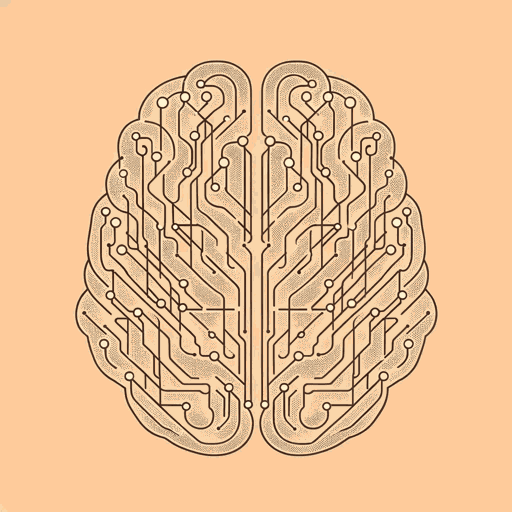48 pages • 1 hour read
Nicholas CarrThe Shallows: What the Internet Is Doing to Our Brains
Nonfiction | Book | Adult | Published in 2010A modern alternative to SparkNotes and CliffsNotes, SuperSummary offers high-quality Study Guides with detailed chapter summaries and analysis of major themes, characters, and more.
Chapter 7-Digression 4Chapter Summaries & Analyses
Chapter 7 Summary: “The Juggler’s Brain”
Having explored the intellectual history of the Internet as a technology, Carr turns to “the crucial question: What can science tell us about the actual effects that Internet use is having on the way our minds work?” (115). The Internet engages a person’s sense of sight, hearing, and touch while providing immediate rewards for inputs: Clicking links opens new pages, liking a post creates a heart image, and clicking a thumbnail opens a video. This interactivity also provides social reinforcement, connecting people immediately through messaging, images, and videos. The Internet simultaneously engages the mind while also keeping it from focusing deeply on any one bit of content for longer than a few minutes.
Distraction affects how information moves from working memory—the conscious mind—to long-term memory, the “seat of understanding” where a person’s knowledge is organized and connected in schemas (124). While long-term memory has theoretically unlimited storage capacity, the working memory, a person’s cognitive load, can be overwhelmed by information in the moment. Two activities that create cognitive overload are “‘extraneous problem-solving’ and ‘divided attention […] central features of the Net as an information medium” (125). Carr summarizes several educational psychology experiments demonstrating that people learn more effectively through linear printed media than through hypertext multimedia because of cognitive overload.
Featured Collections
Books & Literature
View Collection
Common Reads: Freshman Year Reading
View Collection
Memory
View Collection
New York Times Best Sellers
View Collection
Philosophy, Logic, & Ethics
View Collection
Popular Study Guides
View Collection
Pulitzer Prize Fiction Awardees &...
View Collection
Science & Nature
View Collection
Sociology
View Collection
The Future
View Collection


